Know the basics of symptoms, diagnosis, and treatment to help you battle rheumatoid arthritis.
The human body is an incredibly complex machine. Most of the time, all the parts work correctly, with various gears and components clicking in harmony. But occasionally, something gets out of whack. When this happens, the guardian of the machine—the immune system—can get turned around and begin attacking the body it usually protects. This is what happens in an autoimmune disease like rheumatoid arthritis, an inflammatory disease that affects the joints.
Also read-HIV/AIDS : A Patient’s Guide To HIV/AIDS And Its Symptoms
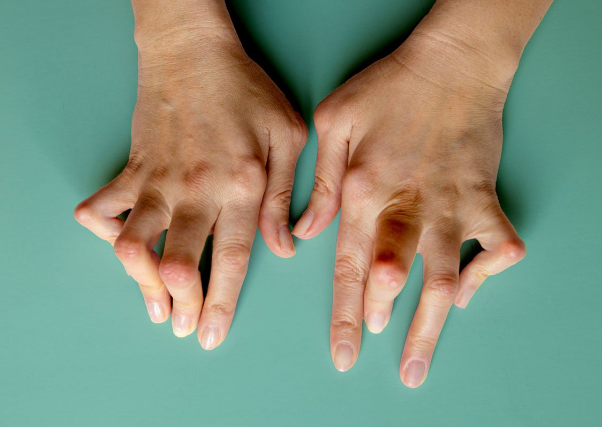
About arthritis
According to the Centers for Disease Control and Prevention, arthritis is defined as “swelling or inflammation of one or more joints.” It covers over a hundred conditions affecting joints, surrounding tissues, and other connective tissues. Depending on the type of arthritis, specific symptoms can vary, but joint pain and stiffness are typically present.
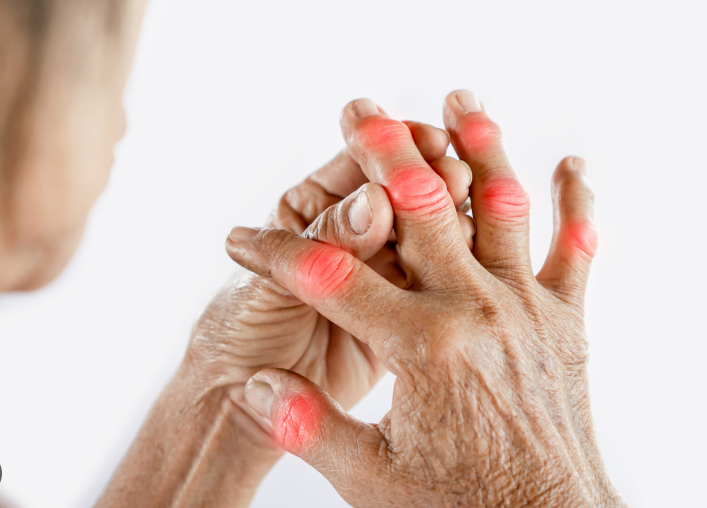
One of the most prevalent illnesses in America is arthritis. Around 25 percent of adult Americans, or over 54 million adults, suffer from arthritis, according to the CDC. Furthermore, approximately 300,000 kids suffer from arthritis of some kind. Arthritis is the most common cause of disability in the United States, affecting about 24 million people.
Osteoarthritis, sometimes referred to as degenerative arthritis, is the most prevalent type of arthritis in adults. It becomes worse with time and worsens as a person ages. As the smooth, cushioning cartilage on the ends of bones deteriorates, bone rubs against bone, producing discomfort, edema, and stiffness. According to the Arthritis Foundation, chronic pain can develop in joints as they lose strength over time.
Rheumatoid arthritis, which affects approximately 1.5 million people in America, is the third most common type of arthritis and is unrelated to osteoarthritis. Dr. John J. Cush, a rheumatologist who serves as the director of clinical rheumatology at the Baylor Scott & White Research Institute and a professor of medicine and rheumatology at Baylor University Medical Center in Dallas, describes the illness as “extremely serious.”
Signs and symptoms
Rheumatoid arthritis can develop at any time, but it most often develops in middle-aged women. Several signs and symptoms could indicate that you’ve developed rheumatoid arthritis:
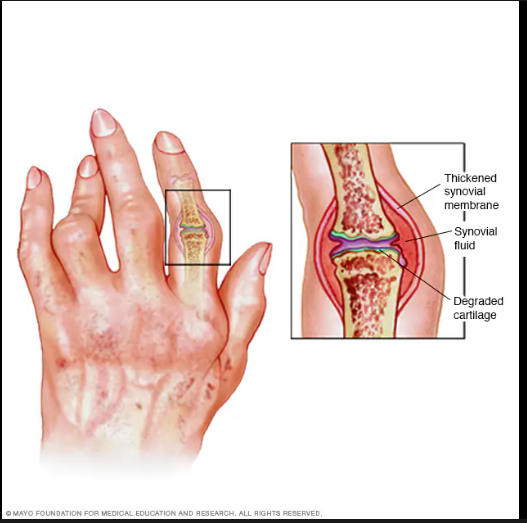
- Pain, redness, or swelling in one or more joints throughout the body (although symptoms are usually symmetrical)
- Fever.
- Fatigue.
- Joint stiffness and pain in the morning that loosens up as you move more.
- Numbness or tingling in the extremities
- Decreased range of motion.
- Joint deformity.
Like other types of arthritis, rheumatoid arthritis causes pain, swelling, and stiffness in the joints. But many patients with rheumatoid arthritis have symptoms on both sides of the body. This symmetry is a hallmark of RA that doesn’t typically happen in other types of arthritis. RA also tends to affect more joints at once than other types of arthritis.
In addition, “it causes a fusiform type of swelling of the joint,” says Dr. Esther Lipstein-Kresch, chief of rheumatology at ProHealth Care in New York. “So, when you touch the joint, it feels sort of mushy as opposed to feeling bony.” This swelling is also usually symmetrical, meaning it’s about the same or can be observed on both sides of the body. “Typically, what affects one hand is going to affect the other as well. Rheumatoid arthritis can also affect large joints, including the hips, knees, and ankles, and it can affect the shoulders as well,” she says. However, RA “doesn’t affect the lower spine, but it does affect the cervical spine,” meaning the neck.
Juvenile rheumatoid arthritis
While rheumatoid arthritis most often tends to develop in adults between the ages of 30 and 50, it can also develop in children. Juvenile rheumatoid arthritis is one of several different kinds of arthritis that can impact children.
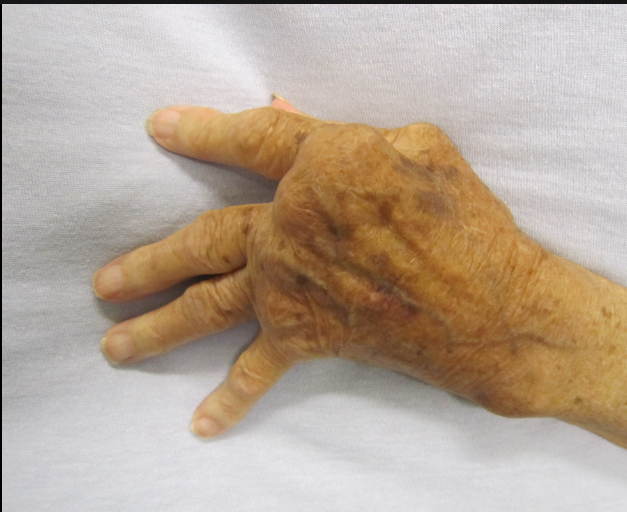
The symptoms of juvenile rheumatoid arthritis are similar to those in adults:
- Swollen, painful, or stiff joints, especially upon first waking
- Fever and rash.
- Swollen lymph nodes
- Fatigue.
- Eye redness or irritation
- Warmth or redness in one or more joints.
Lipstein-Kresch says that for some children, the non-joint related symptoms may be more pronounced than the joint-related issues. This means that in some children, fevers and rashes, inflammation around the heart and lungs and high white blood cell counts may be more noticeable signs of the disease than the classic joint symptoms of pain, redness, stiffness and swelling.
Unlike rheumatoid arthritis in adults, which is chronic and typically gets worse over time, juvenile rheumatoid arthritis often resolves as children grow up. Until then, treatments are available to help children cope with the symptoms of the disease, and are similar to what’s used to treat RA in adults.
Causes and risk factors
The National Institutes of Health state that although the precise cause of RA is unknown, a person’s susceptibility to developing the disease may be influenced by hormones, the environment, and genetics. Age, sex, and way of life also seem to be risk factors. Compared to men, women are more likely to develop RA. RA primarily affects adults, though it can also strike children and older adults. According to the Arthritis Foundation, “RA typically strikes women between the ages of 30 and 60. It usually happens later in life in men. The likelihood of developing RA is increased if a family member already has the condition, but most RA patients do not have a family history of the illness.
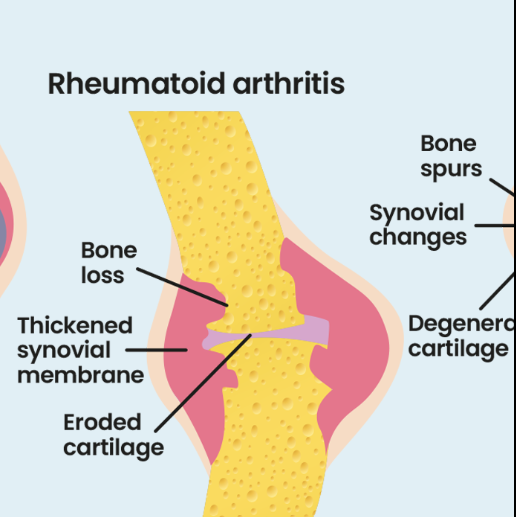
Diagnosis
Diagnosing RA isn’t easy; its early symptoms mimic those of many other diseases, which can make it challenging to arrive at the right diagnosis in some cases. Your doctor will perform a physical exam to check for swelling, redness, and warmth in the joints and to check your reflexes and muscle strength. You’ll also likely have some blood tests to look for autoimmune markers in the blood that may indicate an elevated level of inflammation. You may also have imaging tests, such as X-rays, an MRI, or an ultrasound, to get a closer look at what’s going on inside your joints.
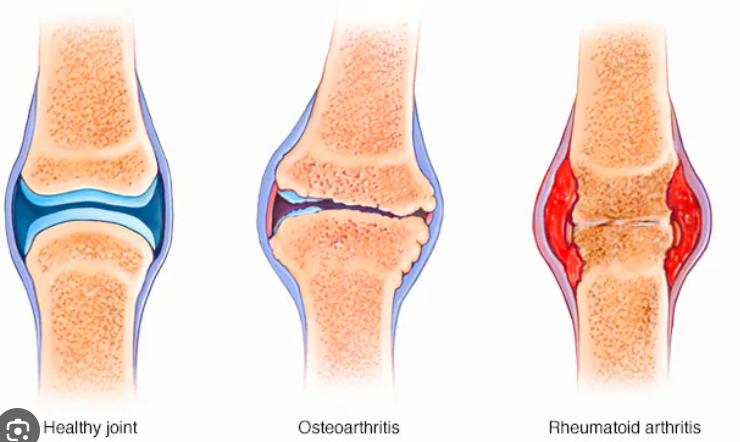
If your doctor suspects that you might have RA, you’ll probably have some blood tests to look for certain inflammatory markers in the body. One such test that’s been used for years determines how much rheumatoid factor is in your blood. While rheumatoid factor is found in about 85 percent of cases, some people have normal levels of it but still have rheumatoid arthritis. Lipstein-Kresh says these people have “what’s called zero-negative RA.”
Your doctor may also order an anti-CCP test, another blood test that looks for anti-cyclic citrullinated peptide antibodies, or other proteins produced by the body that are involved with inflammation. High levels of C-reactive protein in the blood may also be associated with inflammation and could signal the presence of rheumatoid arthritis. An erythrocyte sedimentation rate test (ESR or sed rate) looks at how quickly erythrocytes (red blood cells) in a sample of blood fall in a thin, vertical tube. ESR is a non-specific test, so high rates of sedimentation simply mean the sample contains more proteins, which are heavier and fall out of solution faster. That’s typically associated with higher levels of inflammation in the blood, which could point to rheumatoid arthritis or another autoimmune or inflammatory condition. A normal result also does not rule out the possibility of a rheumatoid arthritis diagnosis.
Treatment
Although rheumatoid arthritis is incurable, it can be managed with powerful medications designed to reorient your body’s immune response. The Arthritis Foundation reports that “with autoimmune and inflammatory types of arthritis, early diagnosis and aggressive treatment is critical. Slowing disease activity can help minimize or even prevent permanent joint damage.” The goal of treatment should be to manage symptoms by reducing pain, improving function, and preventing further joint damage.

Also read-Gestational Diabetes : A Guide to Gestational Diabetes And Its Symptoms
images source: Google
Disclaimer: The opinions and suggestions expressed in this article are solely those of the individual analysts. These are not the opinions of HNN. For more, please consult with your doctor.




































